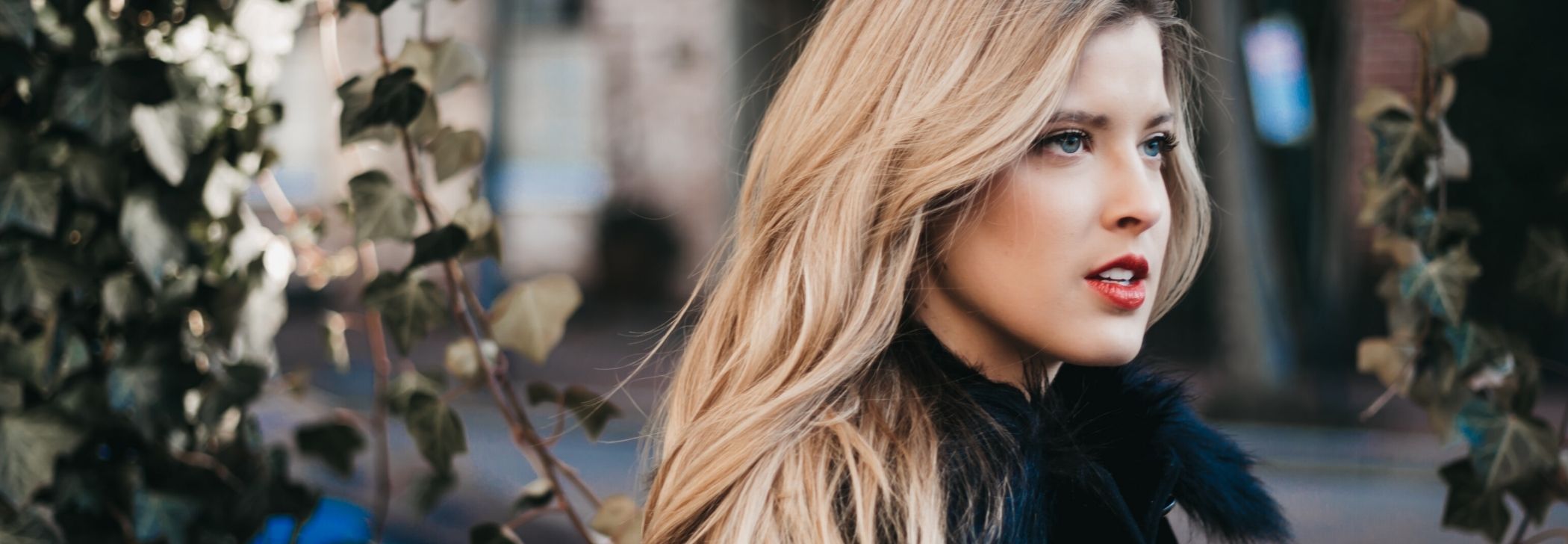
3 Effective Hair Treatments for Frizzy Hair
Believe it or not, frizziness is a common issue many of us struggle with. Aside from being difficult to style, it can make our tresses feel dry and rough to the touch. If you are tackling this affliction, fret not, there are many frizz smoothing methods out there for you to choose from — each of them come with varying processes and effectiveness.
Before you step into the salon to say farewell to frizz, let’s first take a look at the three effective treatments that will turn your tresses into a sleek, fashionable ‘do.
All About Hair
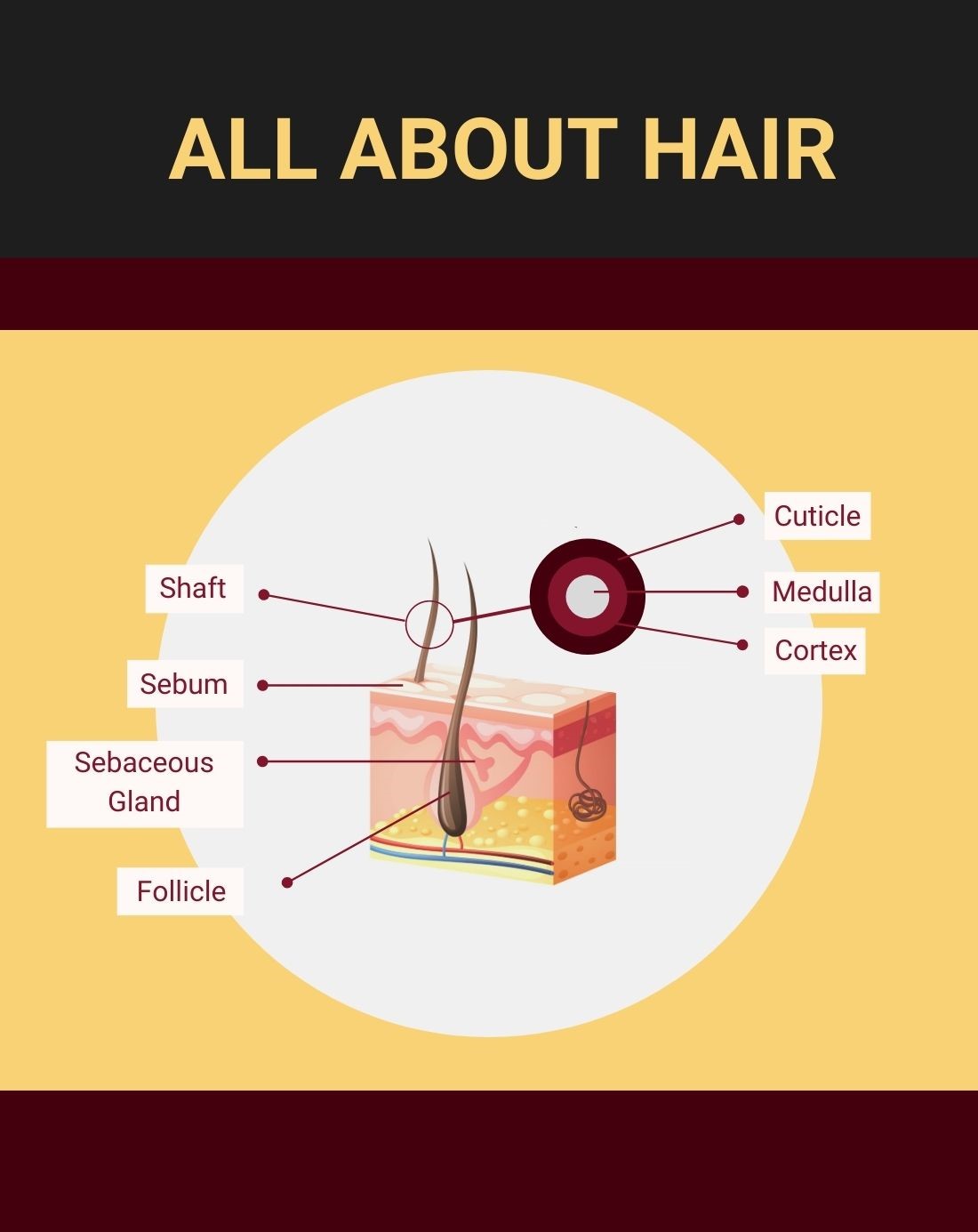
Before delving into some smoothing solutions, let’s first take a look at your hair. Hair is a hard yet fine fibre made up of keratin proteins. It has two different parts: the follicle and the shaft.
1. Follicle
Located under your skin, the follicle is the part of your hair that is responsible for its growth. It is also the only part that has live cells. The follicle bulb is also accompanied by a sebaceous gland which produces sebum for your scalp.
2. Shaft
The shaft refers to the section of your hair that has grown out past your skin or scalp. Each hair shaft has three layers:
- Medulla: Innermost layer also known as the fibre’s centre
- Cortex: The middle section of keratin bundles in rod-like cell structures
- Cuticle: Outermost layers of thin, flat cells overlapping like scales
4 Causes of Frizz
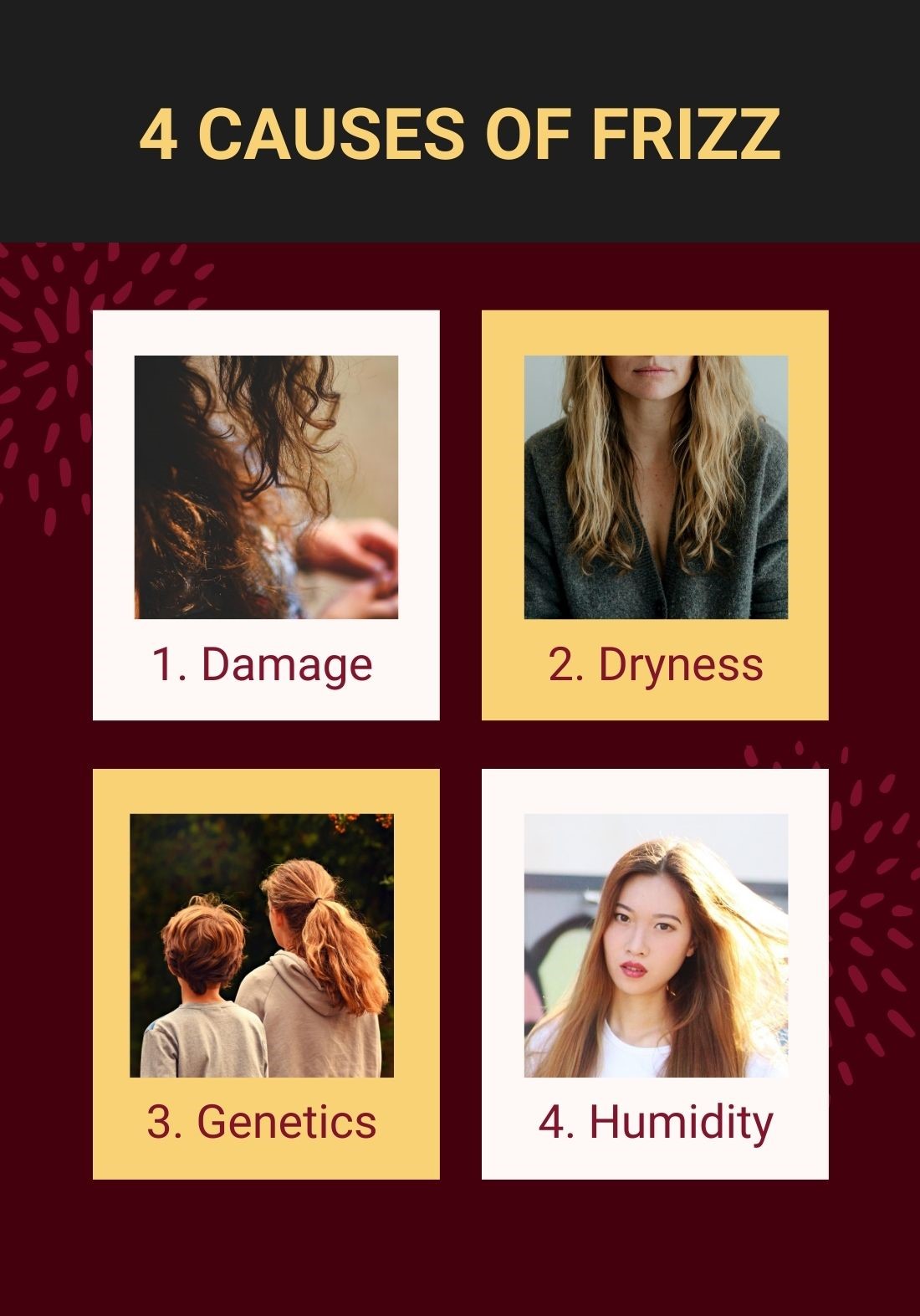
Now that we are familiar with the structure of hair, we can examine how it can get damaged. Your hair has two natural defences:
- Cuticle layers
- Layer of sebum
The primary wall of defence is the cuticle layers. These layers of keratin proteins, in a scale-like formation, help to seal in the natural moisture of your locks. Your cuticles are further fortified by the layer of sebum. Produced by the sebaceous gland, these natural oils help to form a protective layer that further locks in moisture.
Ideally, the cuticle layer should lay flat to create a smooth and even texture. Unfortunately, frizz occurs when your cuticles are raised and opened up. This exposes the inner cortex to humidity and moisture. If your mane has a dry and fuzzy appearance, this is an indication that you have frizz. Read on to learn more about the four causes.
1. Damage
The rough dryness could be a sign of damage. If you have been subjecting your tresses to years of bleaching, colour treatments or daily heat styling without any protective conditioning, this can severely damage its health. Split ends are another sign of damaged cuticles. This means that there are gaps or spaces in the protective layer of your shaft that cause the cells in the cuticle to separate. The gaps and spaces expose the cortex, allowing the nutrients to escape and be replaced by surrounding moisture. The result is frizz.
2. Dryness
Another reason is dehydration. Healthy tresses require generous levels of hydration and natural oils to look good. If you have been using hot water or products that contain sulphates or alcohols to wash your hair, it is best to stop. These strip your locks of its natural oils and leave its condition more brittle. Your cuticles will then open up and rise to seek moisture from the surrounding air. When the cortex takes in this moisture, it causes your strands to swell and frizz.
3. Genetics
Sometimes, this condition may not actually be due to damage or dehydration — it may be genetics. If your tresses naturally have an extremely curly or coily texture, your cuticles are not neatly arranged. This prevents natural oils from lubricating your locks and makes them more susceptible to drying out into frizz.
4. Humidity
We are also tested by the high humidity in Singapore. Humidity is not conducive to silky, smooth locks. The high amount of hydrogen in dense concentrations of water vapour bonds with the moisture and proteins of your locks, which in turn causes them to poof up. If you already have issues with dryness or damage, our humid climate can often exacerbate the poofy situation you’ve got going on.
3 Smoothing Solutions
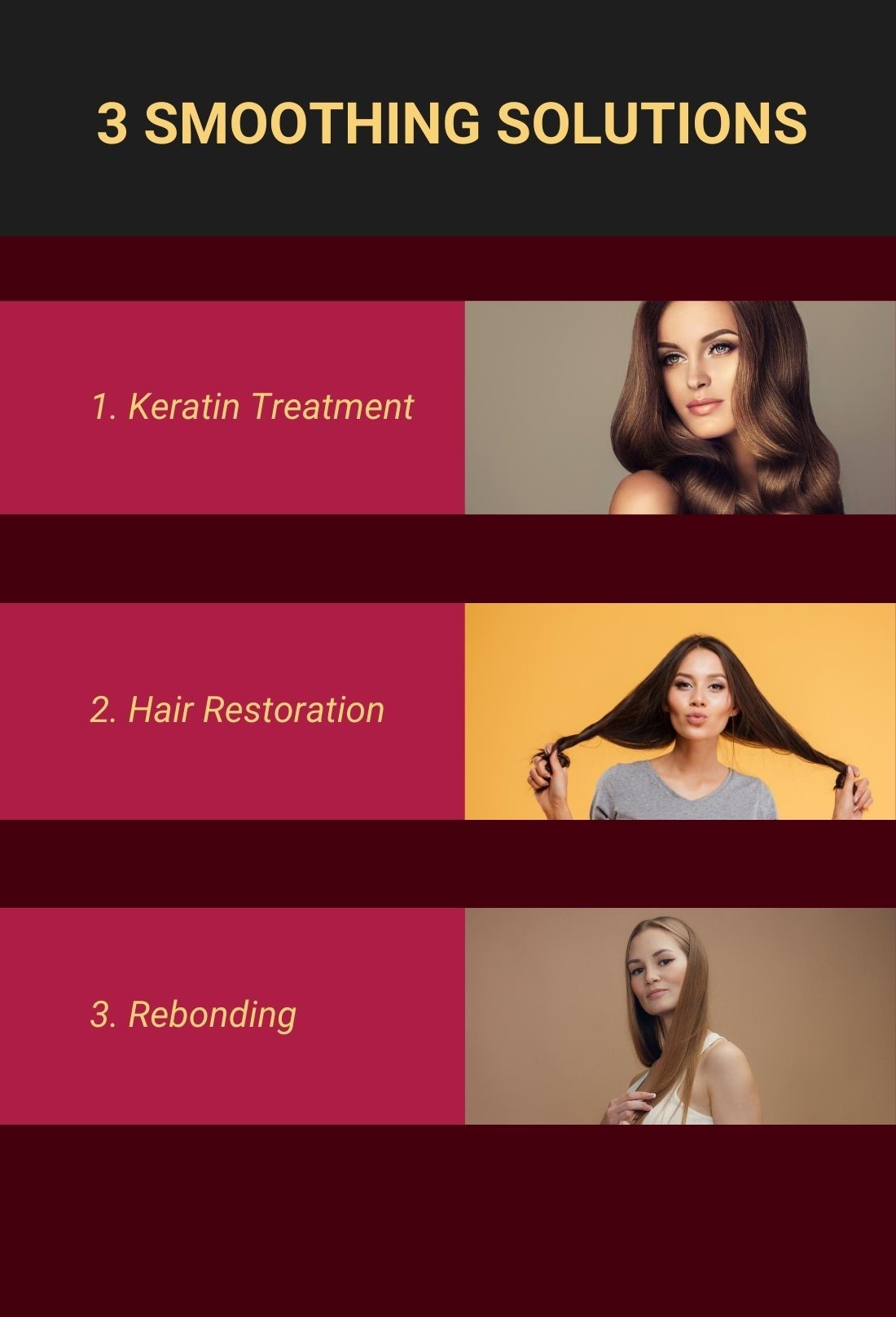
Most home remedies might not have succeeded in smoothing your mane for very long if you have struggled all your life with an unmanageable poof. Then it may be time to turn to professional help!
Salon solutions are a more effective way to remedy and even out its texture. Here are our top three salon solutions to deal with frizz:
- Keratin Treatment
- Hair Restoration
- Rebonding
Solution 1: Keratin Treatment
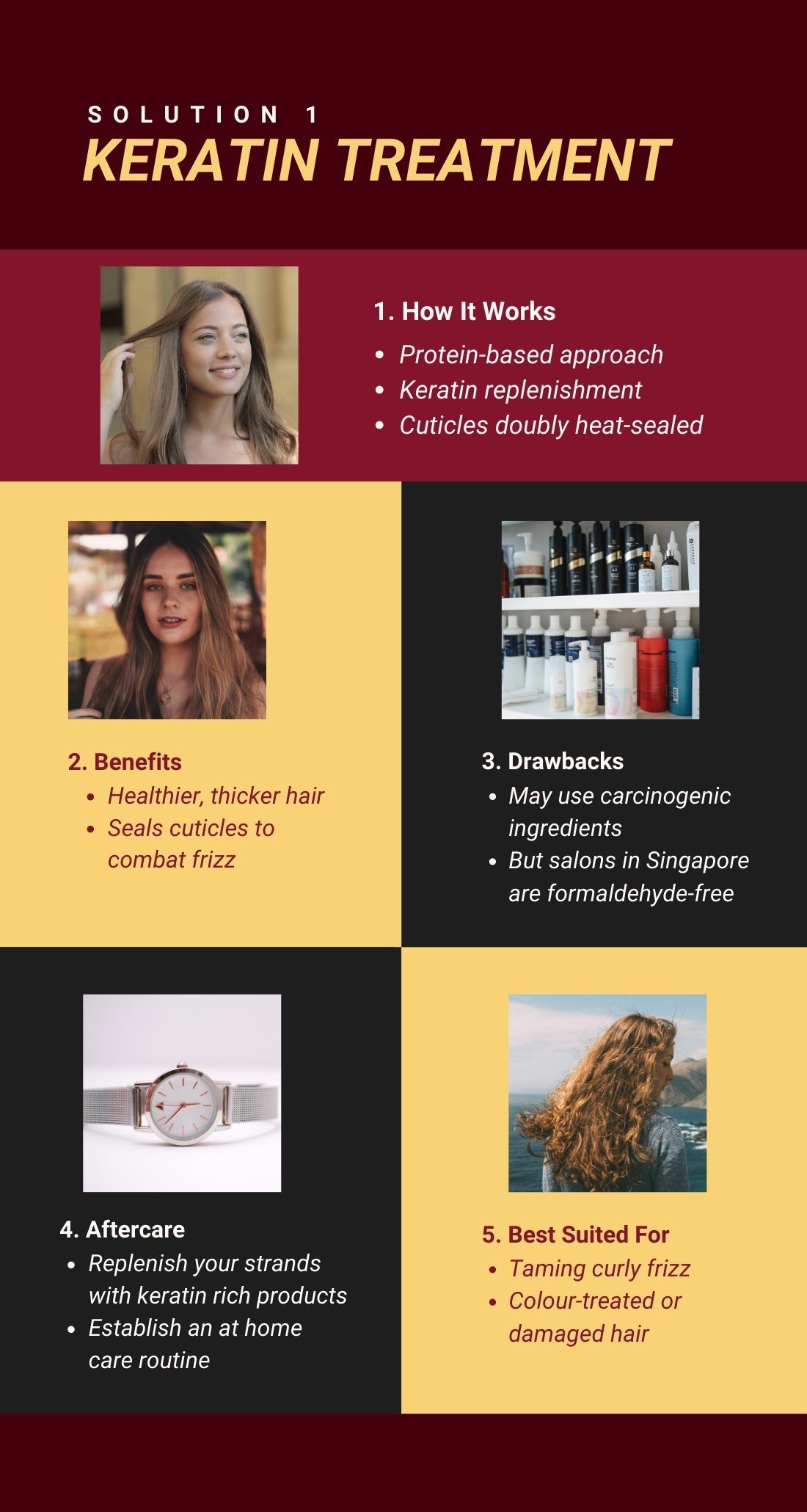 The first smoothing solution you can consider is the keratin treatment. This protein-based approach strengthens the cuticle by replenishing its porous gaps with additional keratin. The resulting look is a lustrous mane that is healthier from within.
The first smoothing solution you can consider is the keratin treatment. This protein-based approach strengthens the cuticle by replenishing its porous gaps with additional keratin. The resulting look is a lustrous mane that is healthier from within.
1. How It Works
First, any surface build-up and debris is cleansed away. A clarifying wash then activates and lifts the cuticle layer. This prepares the strand to be chemically infused with keratin. The stylist will then evenly distribute the hydrolysed keratin solution through your locks. As the keratin permeates the cuticles, it begins to bond with the existing proteins and fill the porous gaps. Finally, your hair’s improved texture is doubly heat-sealed with a blow-dryer and flat iron. You walk away from your salon session, flaunting smoother locks with a silky, glossy sheen.
2. Benefits
This technique de-frizzes your locks naturally. Instead of adding silicones to fill in gaps in the porous texture, it focuses on improving the condition of your natural strand structure. Your mane becomes healthier and thicker in volume, now that the shafts are sealed with additional proteins to protect from damage. Styling and managing your locks are also much easier with a lot less frizz.
3. Drawbacks
One frequently cited key cause for concern when it comes to keratin treatment is the potential release of a carcinogenic substance called formaldehyde. Luckily, all keratin treatments in Singapore are guaranteed to be formaldehyde-free. Do check with your stylist at Yoon Salon so that you can make an informed decision. Otherwise, you may opt for other treatments.
4. Aftercare
To ensure your silky locks silky locks have sufficient nourishment and care, you should enrich your strands with keratin-rich products in your daily homecare routine. These products help to replenish the proteins lost through daily wear and tear and lowers the chances of dryness returning.
5. Best Suited For
Keratin treatments are best suited for those of you who love your wavy curls but are looking to tame the flyaways in this humid weather. As the solution works with your natural texture, your natural waves will be softened without becoming too poker-straight. Moreover, your curls will remain tame even after they grow out. This treatment is also a viable option if your locks are extremely damaged or have been colour-treated before. Pregnant women or those with sensitive scalp, however, should avoid it.
Solution 2: Hair Restoration
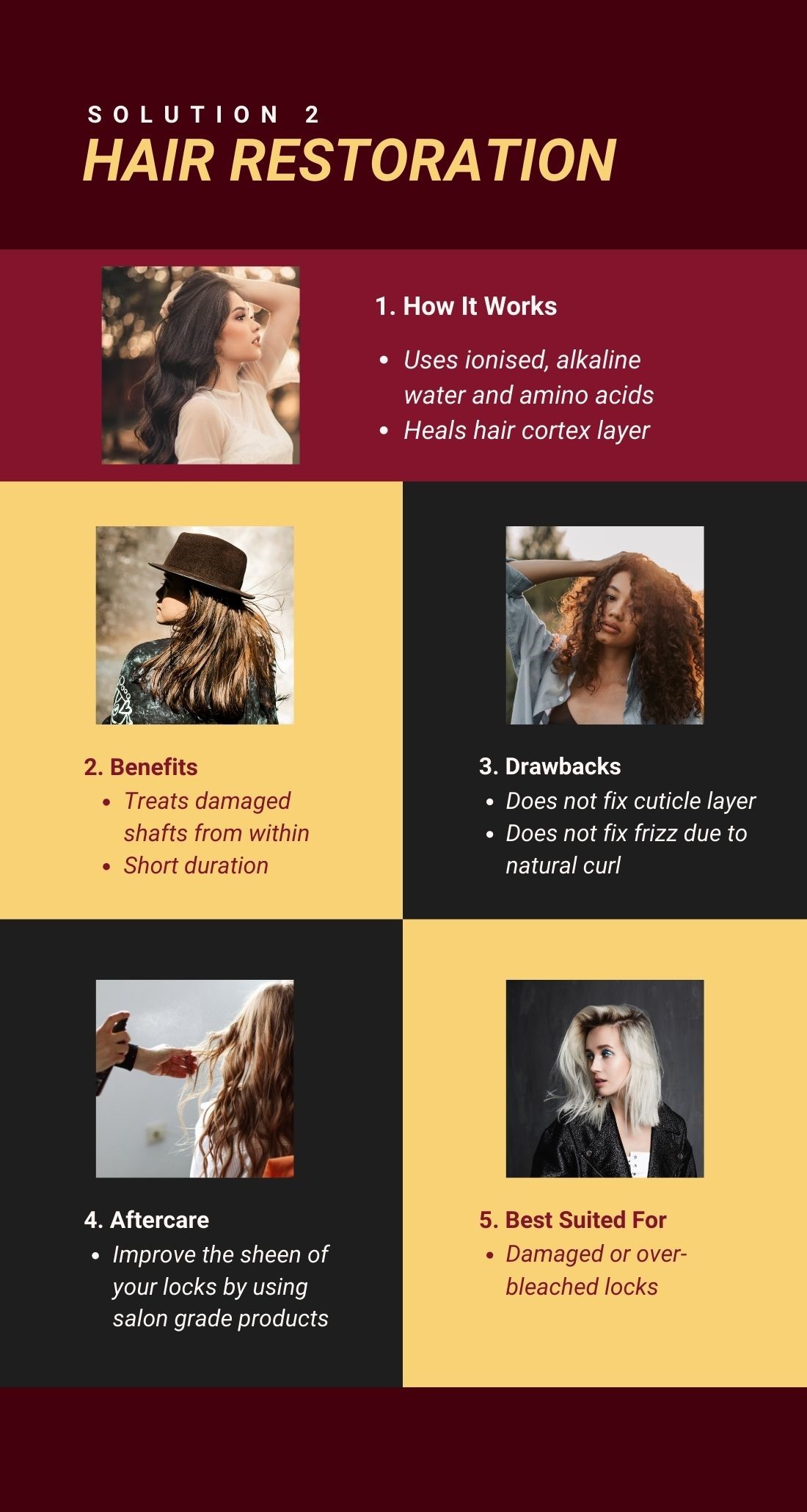
Another de-frizzing option for your tresses is the hair restoration technique. This chemical-free approach also repairs your locks from within, but this time only with specially formulated water and plenty of amino acids. The outcome is a healthier and shinier mane.
1. How It Works
To begin, the stylist evenly sprays your entire head with special ionised, alkaline water which encourages the cuticle scales to open up. Next, your stylist will quickly work the amino acids in a cream formula through your still-wet tresses with a fine-toothed comb. Your tresses easily absorb these amino acids into the cortex layer, nourishing from within. The stylist may do this multiple times to maximise the infusion of the amino acids. Finally, to seal all that hydrating goodness in, the stylist then straightens the hair with an iron and comb. Not only do you leave with smoother tresses, the nutrient-rich infusion keeps them frizz-free for longer.
2. Benefits
This water-based technique goes deep within the shaft layers to repair the damage. Healthier hair stands up better to our humid weather and hence, is less likely to frizz. In addition, for those on a tight schedule, this technique is to your benefit as it only takes an hour of your time.
3. Drawbacks
Hair restoration does not address those with damage or gaps in their cuticle layers, hence your hair will not retain the nutrients for long. Its effects, therefore, do not last as long as other solutions and will require more regular touch-ups. This also means that it may not work as well for those who have frizz due to their curls’ natural texture. Naturally uneven arrangement of the protein cells in curly hair is more prone to gaps in the cuticle layer, causing this unruly texture.
4. Aftercare
Likewise, to keep up your shiny new strands, you will require lots of nourishment. Do seek the opinion of our experienced stylists on which products are suitable for you. Doing so will help to improve the sheen and texture of your locks for much longer.
5. Best Suited For
For those of you who are concerned about harsh chemicals, this natural yet effective technique is definitely our recommendation for you. It is chemically non-abrasive and free of artificial chemicals or other silicones. As the most gentle de-frizzing technique of the three, this technique is ideal for those with damaged or over-bleached locks.
Solution 3: Rebonding
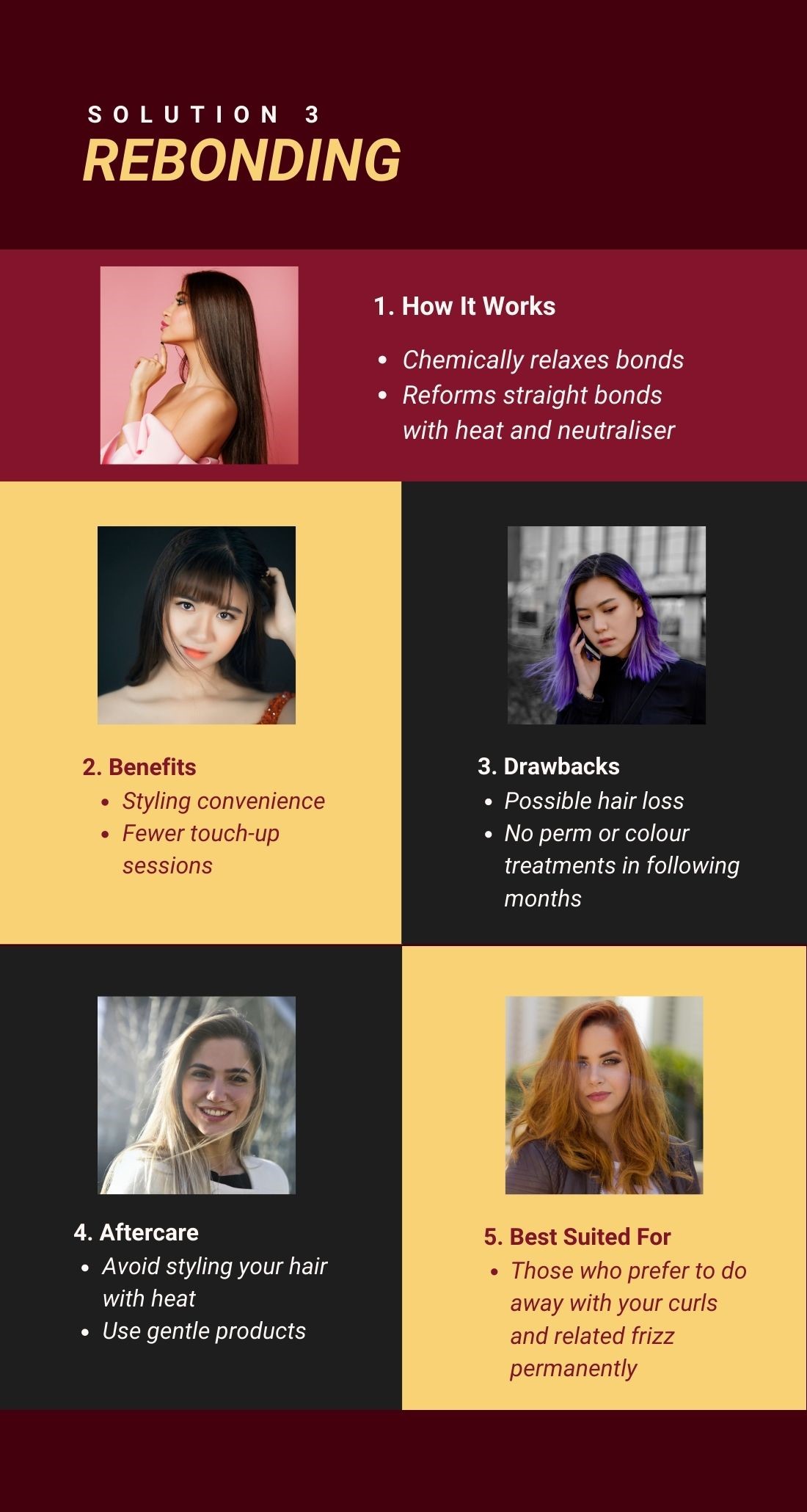
Hair rebonding is also another effective solution to help tame the frizz and flyaways. Also known as ‘Japanese straightening’, this method uses a combination of chemical solution and heat.
1. How It Works
In preparation, your hair is cleansed with a mild shampoo, dried and then parted into smaller sections to allow proper treatment application. Next, your hairstylist will meticulously apply a relaxant to each section, all the while ensuring the strands are kept straight. The relaxing solution begins to work its magic, breaking down the disulphide bridges that make up your keratin proteins. After some time, the stylist washes out the chemical solution. They will then flat iron your tresses to rearrange the bonds into a neater keratin structure. This new structure is sealed with a neutraliser that stops the process. A cold wash closes the cuticles. Lastly, another round of flat ironing reinforces your new hair texture, now gloriously free of frizz.
2. Benefits
Rebonding is raved for how convenient it makes to style your tresses. Compared to your unruly frizz, straight hair is definitely much easier to manage. Rebonded hair also cuts down on heat styling as this sleek texture is less likely to poof up. Moreover, unlike the keratin solution, the effects of rebonding tends to last longer.
3. Drawbacks
For one, the combination of intense chemical processing and high temperatures risks hair loss. Fortunately, this can be mitigated if your rebonding is carried out by an experienced professional who will complement it with the right conditioning treatments. Another drawback of rebonding: you will not be able to experiment with curls or hair dyes over the next few months. Perming or colouring rebonded hair can adversely affect your hair’s new straight texture. Therefore, you must be certain in your choice to rebond your tresses.
4. Aftercare
What you can do to keep the frizz at bay is to practice good aftercare. That includes no heat styling, blow-drying with the temperature set to cool, and mild shampoo for chemically treated hair. This keeps the even texture and minimises damage. With good habits, you can prevent re-frizzing for up to seven months.
5. Best Suited For
Rebonding is well-suited for those of you who do not want to deal with any heavy styling or upkeep. If curls are the source of your frizz, you may prefer to do away with your curls permanently with this solution. Do note that while rebonding can tame quite curly hair, it is not suitable for kinky or coily textures. This technique is also unsuitable for chemically damaged hair due to previous treatments as it may be too harsh for your significantly weaker strands.
The Key Takeaways
We’ve delved into three very different salon treatments, all serving one cause: removing frizz. While there is no perfect solution out there, you will now definitely be able to find the perfect one for you.
If you still can’t decide, do not worry! You are more than welcome to pop into our salon and ask our team of experienced stylists for their recommendation. They will be more than happy to give you a thorough assessment of your hair and match the right solution for your frizz. Feel free to express any and all of your concerns to them. Our team is here to help you. There’s always hope when it comes to taming your frizz.


